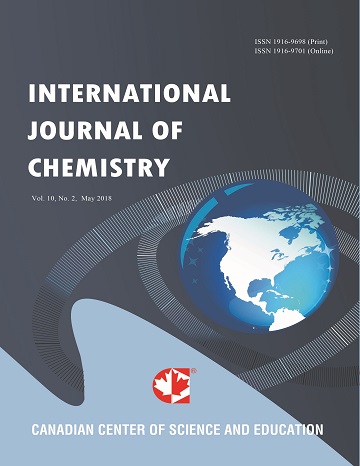Electrical Charge Method for Balancing, Quantifying, and Defining Redox Reactions
- Pong Kau Yuen
- Cheng Man Diana Lau
Abstract
Defining and balancing redox reactions are core knowledge and skills in the study of chemistry. The most common method to perform these two tasks is the oxidation number method, which combines mathematical operations and application of oxidation number. However, when oxidation number is not known, it is not applicable. Algebraic methods can balance all chemical reactions mathematically, but they cannot define redox reactions chemically. This article explores the electrical charge method for balancing, quantifying, and defining redox reactions. This method only requires the balancing of atoms and electrical charges. There is no need to determine oxidation number or count the number of transferred electrons. It works effectively in complicated cases where oxidation number is uncertain and where there are more than two sets of redox couples. Furthermore, the net-charge of a redox couple can function as a counting concept to determine its number of transferred electrons and change of oxidation numbers. The electrical charge method also initiates a new charge model, which complements the conventional electron model and oxidation number model, for defining redox reactions.
- Full Text:
 PDF
PDF
- DOI:10.5539/ijc.v15n2p1
Index
Contact
- Albert JohnEditorial Assistant
- ijc@ccsenet.org
